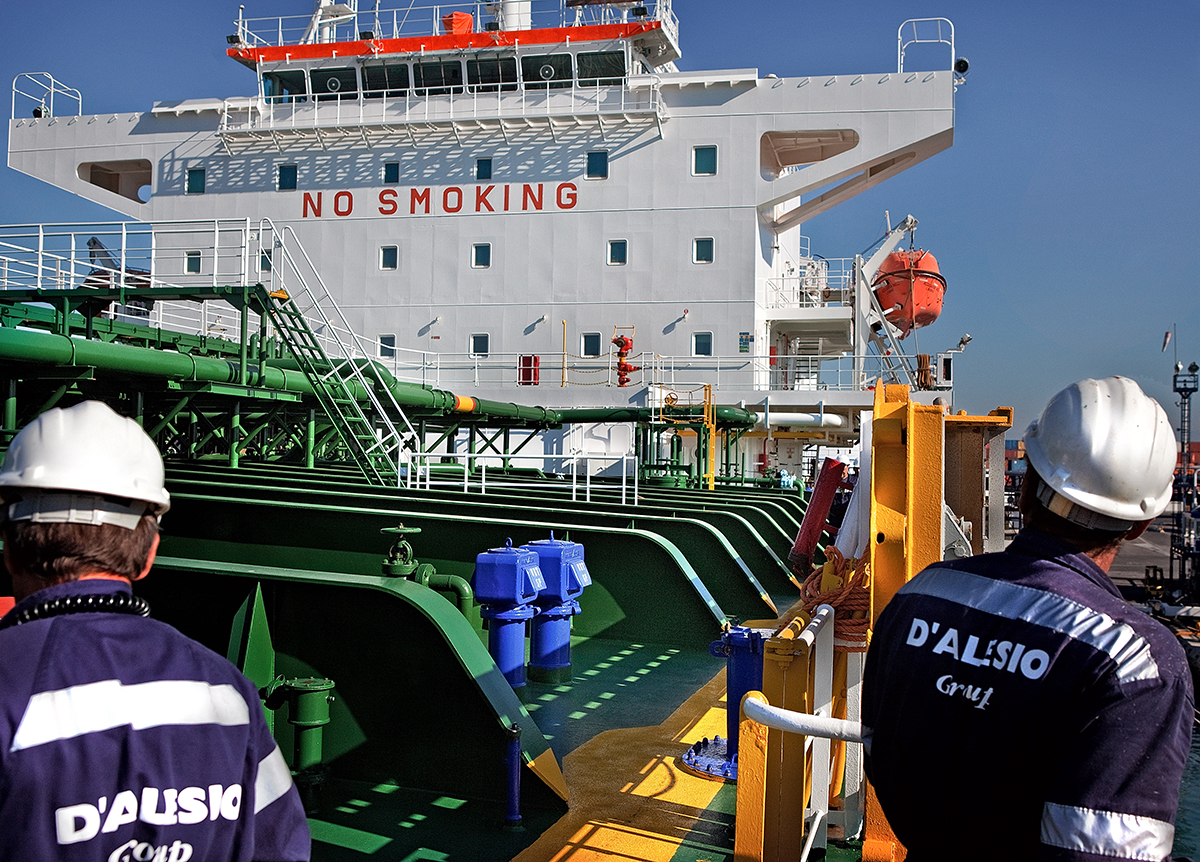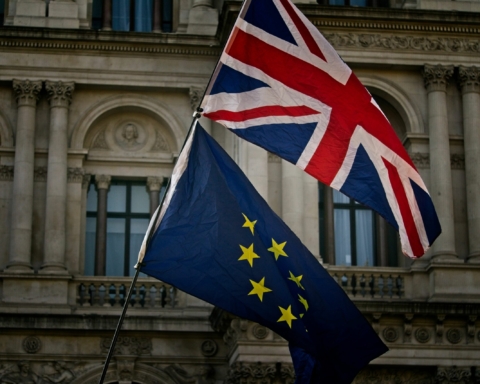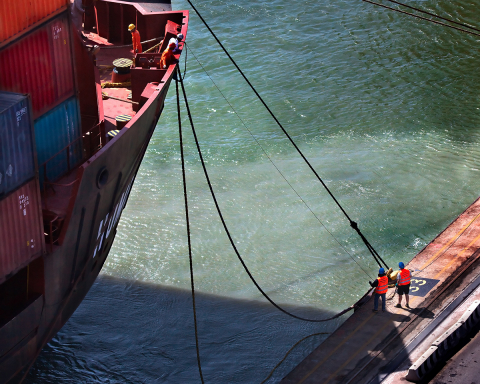The environmental issue? It will be the fulcrum of the political turning point inaugurated by the Italian ‘yellow-red’ government. Prime Minister Giuseppe Conte, who just yesterday obtained the vote of confidence in the Senate for the birth of the new Democratic Party -Five Star Movement administration, declared it openly: “The primary objective of the government will be the creation of a Green New Deal that promotes urban regeneration, energy conversion to a progressive and increasingly widespread use of renewable sources, the protection of biodiversity and the seas, the fight against climate change.”
It is not yet known how the Government’s political policy will be effectively articulated, but one thing is clear: the Green economy route is currently the one most capable of collecting and directing valid initiatives for development. Decarbonization, digitization, sensorization and monitoring are the most significant issues for the objective of global sustainability also in the specific areas of ports, shipping, transport and logistics.
“While the EU’s annual greenhouse gas emissions amount to 4.5 billion tons, those of international shipping amount to 0.8 billion tons”. Not long ago in Port News, the leading figure of the Sea Ports Organisation Eamonn O’Really pointed out that “reducing them to zero would have an impact equivalent to the decarbonization of the largest EU Member State.”
The European Union firmly believes in a zero-emission future. And does the Italian port industry have the capacity to move towards a Green New Deal? A few steps forward in this direction have been taken. In 2017, in fact, the Presidency of the Council of Ministers set up a “technical table on the decarbonization of the economy”, which outlined the scenarios for the development of the national energy system and prepared a catalogue of available energy technologies.
For the ports and logistics systems sector, the new regulations in terms of decarbonization have been implemented both with the updating of Law 84/94, in art. 4 bis, which introduced the obligation for Port Network Authorities to draw up energy plans, with the new guidelines for the drafting of documents for port networks’ environmental energy planning , outlined by a decree of the Ministry of the Environment (No. 408 of 17.12.2018).
The route has been mapped out, now it remains to be followed. From this perspective, the North Tyrrhenian Port Network Authority was one of the first Port Authorities in Italy to exhaustively map the main carbon emissions produced by its ports (especially Livorno, Piombino and Portoferraio). The results of a year of investigations are being presented this morning in Livorno.
The Northern Tyrrhenian Port Network Authority’s Carbon Footprint Report is innovative for two reasons. First of all, it has been prepared thanks to the redefinition of a new digital architecture: today the North Tyrrhenian ports can count on a strategic platform, called MONICA (Monitoring & Control Architecture), which gathers information and data coming both from a set of different digital services (Port Community System, the Harbour Authorities’ National AIS Network, specific workflows, etc.) and from special sensor networks positioned in the key points of the ports of call. The other new element is the fact that the data have been processed according to the guidelines issued by the IMO through the set of tools called “Port Emissions Toolkit”, aimed at harmonizing and standardizing the methods of information collection, analysis and determination of the Carbon Footprint.
The data of the report presented by the Port Network Authority by its president, Stefano Corsini, already give an idea of how much environmental pollution is becoming a problem that has to be solved as soon as possible. In one year – from 1st May 2018 to 2nd May 2019 – 150,000 tons of emissions were produced in Livorno port. Carbon dioxide accounts for over 97% of all air pollutants emitted. About 56% of all CO2 (83,000 tons) was directly from ships during harbour manoeuvres, 37% comes from industrial activities in port areas, while the remaining 7% consists of indirect emissions resulting from the consumption of electricity produced by areas outside the port.
Over the 12 months the main types of ships were examined, those characterized by a high number of arrivals, long turnaround times and high-power capacity. A total of 5,663 ships arrived, including containerships, cruise ships, ferries, car carriers and Ro/Ro vessels.
What emerged? Collectively, these vessels stopped at the port for a total of 59,000 hours and emitted as much CO2 as 63,000 cars produce in a year (about 70% of all cars registered in Livorno). As for the emissions of SOx (Sulphur Oxide), in one year the ships analyzed produced the equivalent amount of pollution of 108 million cars (1.245 times the SOx emitted in one year by all cars in the city of Livorno).
Studies show that these emissions can be significantly reduced through the use of alternative fuels such as Liquefied Natural Gas. In fact, the report stressed that if all ships in Livorno port used LNG as fuel, there would be a 20% reduction in CO2 emissions, while the SOx ones would tend to cancel each other out.
As far as the port of Piombino is concerned, more than 12,700 ships arrived during the same period, 85% of which belonged to the Ro/Ro and Ro/Ro-Pax category. Overall, the activity times of all the ships under investigation were 41,000 hours (38,000 of which were stopovers). In Piombino port, the emissions produced by the activities connected to maritime transport were the equivalent of 14.000 tons.
Carbon dioxide accounts for over 96% of all pollutants in the port. About 74% of all CO2 was produced directly by ships during harbour manoeuvres (10,440 tons), 24% comes from industrial activities in port areas while the remaining 2% is made up of indirect emissions resulting from electricity consumption in areas outside the port.
The data put together by the Port Network Authority (in particular by its Development, European Programs and Innovation Dept.) is intended to provide a useful contribution to the preparation of the Environmental and Energy System Plan which the Port Authority is working on: “Our Port Authority – said President Corsini – has been including objectives and specific actions to support the transition to globally sustainable and carbon free processes in the institution’s strategic planning for a long time now. The leading figure of the ports of Livorno and Piombino stressed how the elaboration of the first Carbon Footprint Report certainly represents an important result for the port community, both at local and non-local levels : “We believe that the element of novelty of this experience, digitization supporting sustainability, can constitute a valid contribution, a best practice of potential interest for all stakeholders, agencies and experts involved in the definition and implementation of environmentally-friendly actions.”
So, all’s well then? It depends. Individuating the objectives does not mean being able to achieve them. The options available for decarbonization, whether they are geared towards reducing the demand for energy (energy efficiency) or using alternative energy carriers with a lower carbon/hydrogen ratio, remain on the table today. What is certain is that they have a profound impact on the economic and production system, given that redesigning processes in these terms requires long-term investments to replace or adapt the machinery or means employed and, above all, involves the need to understand the processes in detail in order to reorganize them.
From this point of view, digitization proves to be the best tool available to get an in-depth knowledge of a port’s Carbon Footprint. Strategies for the sustainability of port systems cannot today, in fact, disregard the leverage of innovation which, by integrating the operational skills of production sectors with the knowledge of universities and research centres, is the driving force behind every modern economic sector, the real discriminator for combining the effectiveness and efficiency of processes with their sustainability.
Translation by Giles Foster




